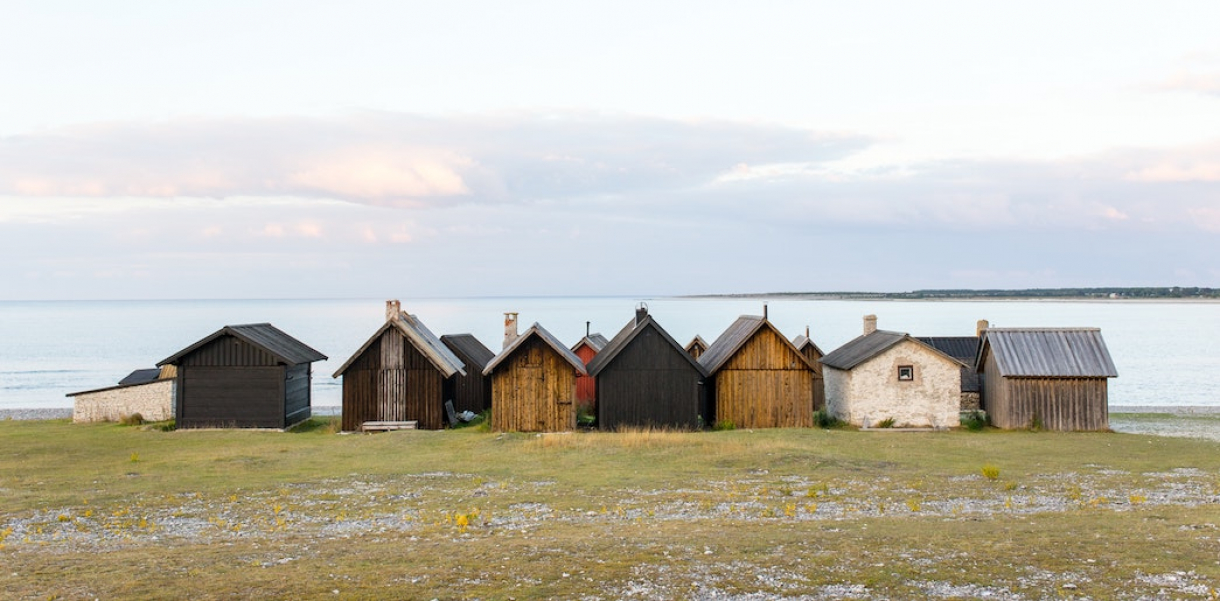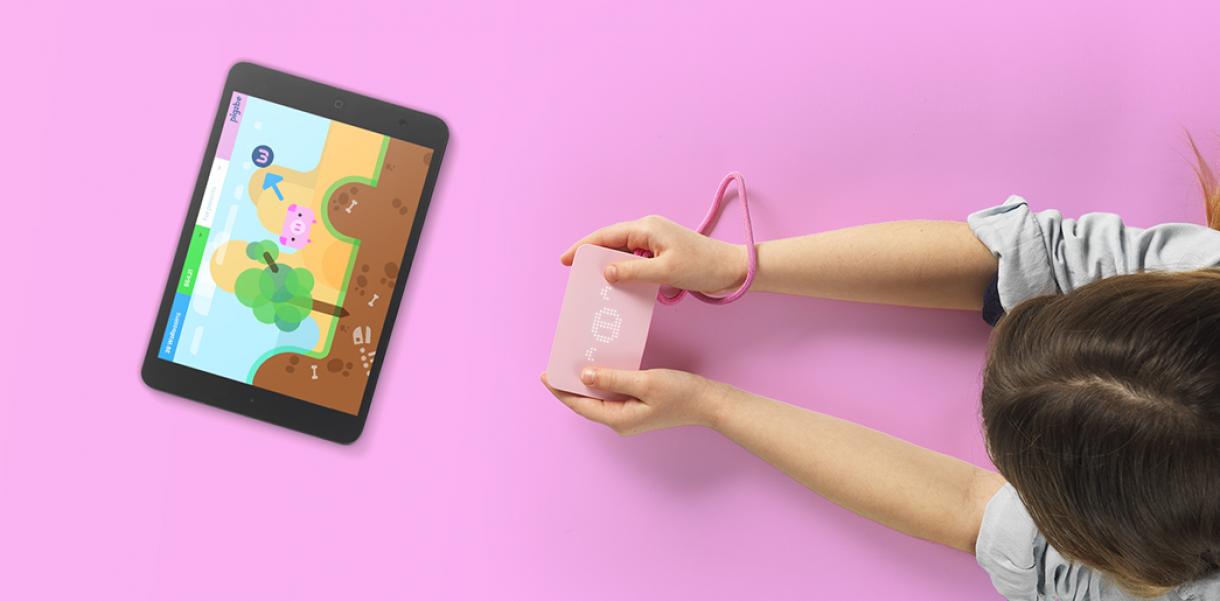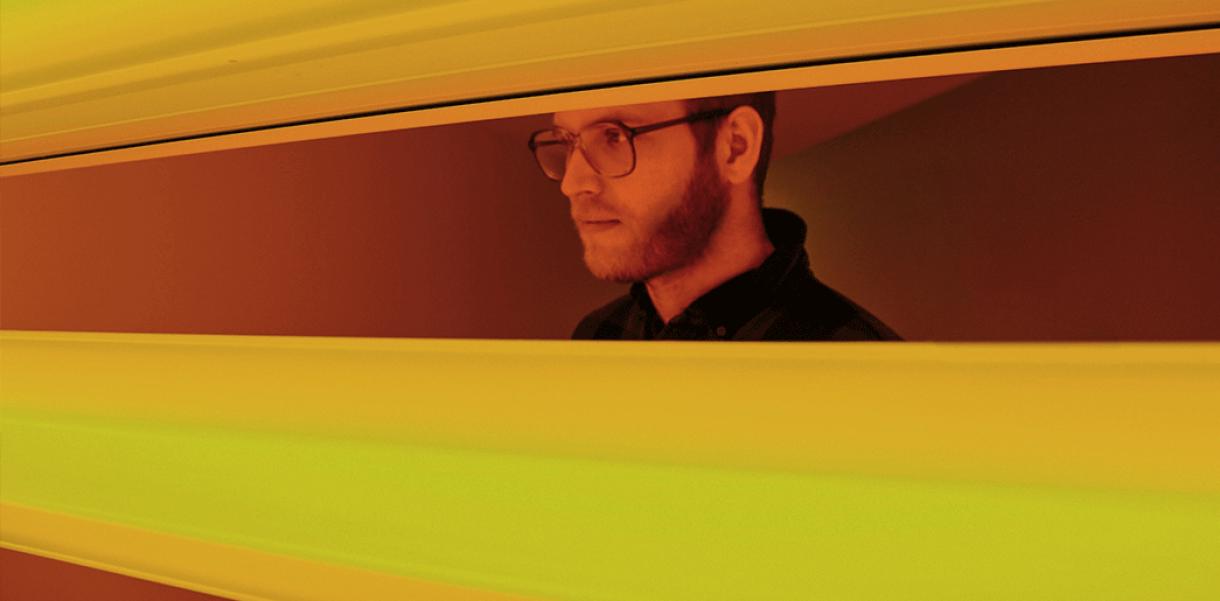There's a rule in Sweden called Allemansrätten, which translates to ‘Right of Public Access’ or ‘Every Man's Right.’ This means that everyone has the right to roam freely, to explore the beauty of Sweden, and to stay and camp on all lands. The only requirement is that one ‘does not disturb and does not destroy.’
I heard about this rule for the first time eight months ago. A friend said she was going to transport a mutual friend’s bike from Stockholm to Copenhagen on her way back from a trip – but by ‘transport,’ she meant cycling on it. My only thought was: Good luck, that's crazy!
A few weeks later and with no summer plans, I found myself taking a bus up to Stockholm, and embarking on this 670 km trip with her for nine days.
It was tough. We picked up her bike with two flat tires, we got chased by horses while looking for a place to sleep, and our backs ached as we biked through the pouring rain. Yet, moments from this trip are some of my favourite memories in the last 27 years because we had no internet, no distractions, and no stress; we didn’t purchase anything besides food, we carried only what we needed and did everything we wanted.
I’ve always known this, but through Allemansrätten, it became so clear that the planet’s well-being lies on human shoulders: we should not disturb and should not destroy. Simple. Yet, more than a third of Earth’s natural resources have been destroyed by humans in just thirty years, we are currently overspending earth’s natural resources by over 70%, and rain forests may be wiped out in ~70-80 years’ time because of our actions.
It was easy to live sustainably as cycling nomads, but how could we take this ‘nature-first’ practice back to everyday life? According to industrial designer Dieter Ram, there are 10 principles to good design. I wanted to highlight two that enhanced my understanding of what good design represented after this trip.
Principle 9: Environmentally friendly
On our last major stop, we noticed how clean the streets and shops were in Helsingborg. As we threw away some cans into a recycling bin, the bins surprised us with the sound of munches and ‘thank you!’ Hidden inside was not only an audio file but also a system that captured and analysed collection data, notifying crews when trash was ready to be gathered. It was one of the first times I saw kids (and adults alike!) eagerly sorting their waste away correctly, ensuring bottles were disposed of at recycling centres – not into the ocean.
Sustainability is often described as “the capacity for Earth’s biosphere and human civilisation to co-exist.” It’s hardly a concrete definition, but it's clear that our well-being relies on Earth’s planetary boundaries. What purpose is there if there's no planet to live on? Environmentally friendly design, therefore, aims to “reduce consumption of non-renewable resources, minimize waste, and create healthy, productive environments.”
There's much more to responsible design than smart bins of course, and I would argue that environmentally friendly is not sufficient enough to reverse the damage done to the planet thus far, but by taking heed to incorporate sustainability in every decision, we're on the right path forward.
Principle 10: As little design as possible
Rewinding back to day one of the trip we had arrived by bus at Stockholm’s Central Station and assumed it was like any other transport station. I didn’t find out until weeks later that just by walking through the station, our body heat was captured by water in order to provide heating to nearby offices.
Dieter rightly suggests that a well-designed product should be so good that it's barely noticeable. In many ways, the duty of designers is to help clear up the chaos in which we live, as it is ‘our one and only chance to return to simplicity.’ If we can both focus on the essentials and seamlessly integrate sustainability, we will have a chance to ‘clear the chaos.’ The earth should provide for human needs, not our greeds.
Ultimately, good design isn’t just about products and art: it touches everything throughout our lives. Like Sweden and many other Nordic countries, we can refer to these 10 principles when making decisions. Ask yourself: is it innovative, is it useful, is it long-lasting, and more importantly – is it environmentally friendly and as little design as possible?
Although a 670km bike ride through a country covered in 60-70% forest could appear pointless, I see it as a privilege. We might not have the opportunity to do so one day.






